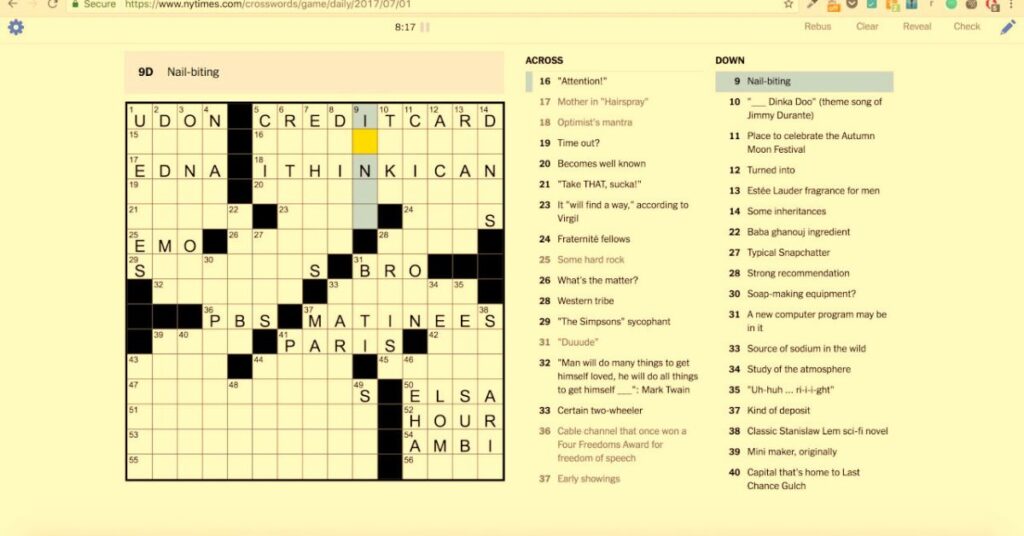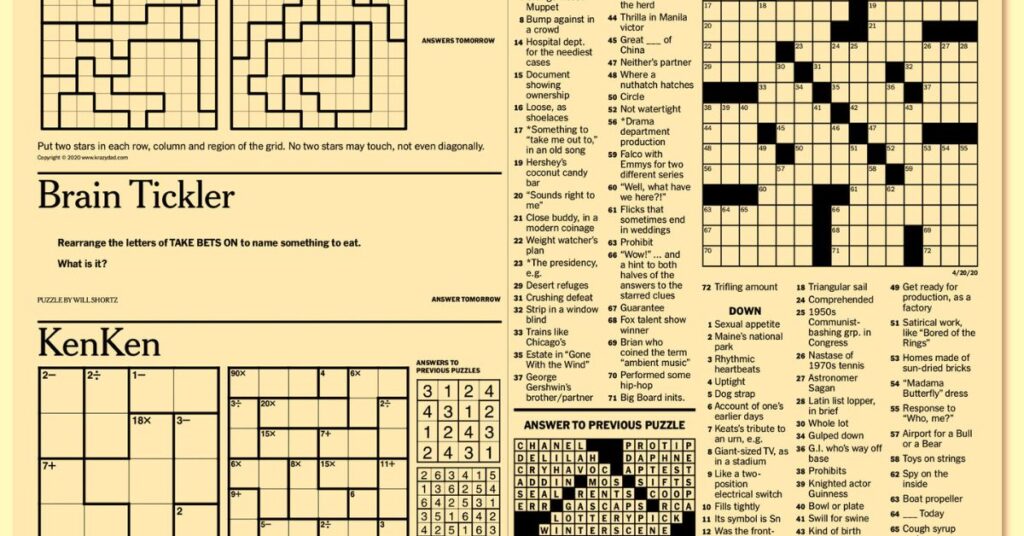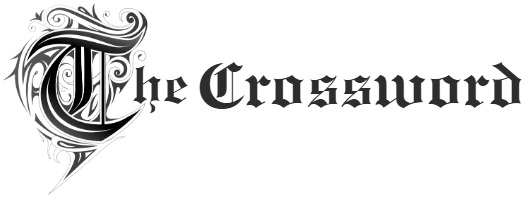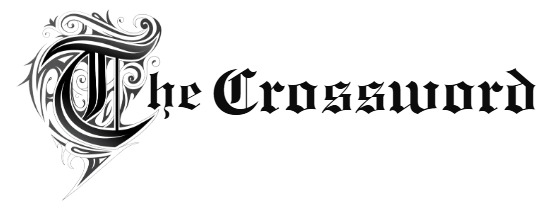The New York Times Crossword is a cultural icon, revered for its wit, wordplay, and intellectual challenge. Yet, not every crossword enjoys universal acclaim. Some puzzles, though meticulously crafted, earn the dubious distinction of being the “least favorable NYT crossword” due to polarizing themes, divisive clues, or unconventional formats. This essay explores the factors that contribute to such crosswords, their reception among solvers, and their impact on the puzzle community.
The Legacy of the NYT Crossword
Since its debut in 1942, the New York Times Crossword has set the gold standard for word puzzles. Edited by legendary figures such as Eugene T. Maleska and Will Shortz, the crossword has evolved to include clever themes, puns, and modern cultural references. Its daily grid challenges millions of solvers, with Monday puzzles being easiest and Sunday puzzles offering the most thematic complexity.
However, the brilliance of the NYT Crossword doesn’t exempt it from criticism. Despite its reputation, even this vaunted institution occasionally produces what fans consider the “least favorable NYT crossword.” These puzzles spark debate, illuminating the subjective nature of what makes a crossword enjoyable.
What Makes a Crossword “Least Favorable”?

Several factors can contribute to a crossword puzzle being labeled the “least favorable NYT crossword.” These include:
- Ambiguous or Unfair Clues
Some puzzles frustrate solvers with overly vague or misleading clues. While ambiguity is often the hallmark of a clever puzzle, excessive vagueness can alienate even seasoned solvers. - Overly Esoteric Themes
Themes that rely heavily on obscure knowledge can alienate a broad audience. For instance, a puzzle centered around a niche literary genre might enthrall a select few while leaving others baffled. - Technical Errors
Though rare, factual inaccuracies or poorly constructed grids can lead to criticism. A single error can overshadow the puzzle’s merits and earn it the title of the “least favorable NYT crossword.” - Unconventional Grid Design
Experimental grids that deviate from traditional crossword symmetry or include unfamiliar gimmicks can polarize solvers. While innovation is celebrated, it risks backfiring if deemed too gimmicky.
Examples of Polarizing Crosswords
The New York Times archives contain several examples of puzzles that have courted controversy. A notorious contender for the “least favorable NYT crossword” title appeared in 2018, featuring a theme reliant on emojis. While some praised its modern twist, others decried it as a gimmick unworthy of the crossword’s prestigious legacy.
Another example was a 2014 puzzle that used rebuses—squares containing multiple letters. Though innovative, many solvers found it inscrutable, leading to a mix of admiration and disdain. Such divisive puzzles highlight the thin line between creativity and alienation.
Community Reactions to the Least Favorable NYT Crossword
The reception of a crossword is often shaped by the passionate community of solvers. Dedicated forums like Rex Parker Does the NYT Crossword dissect each puzzle, offering praise or criticism. The “least favorable NYT crossword” often becomes a lightning rod for debate, with solvers expressing disappointment or defending the puzzle’s ingenuity.
Social media platforms amplify these discussions, allowing solvers to vent frustrations or celebrate breakthroughs. Memes and sarcastic posts often emerge, turning even the most maligned puzzles into cultural touchstones. Ironically, this attention can elevate the least favorable NYT crossword to legendary status within the community.
The Editor’s Perspective
Crossword editors play a crucial role in curating puzzles, balancing tradition and innovation. Will Shortz, the long-time editor of the NYT Crossword, has often defended polarizing puzzles, arguing that experimentation is essential for the puzzle’s evolution. In interviews, he has acknowledged that not every crossword will please everyone, and occasional misfires are an inevitable part of the creative process.
The “least favorable NYT crossword” may reflect a calculated risk by the editorial team, designed to challenge conventions or introduce novel ideas. Though such puzzles may not resonate immediately, they often provoke thought and spark new directions for puzzle-making.
Learning from Criticism
Criticism of the “least favorable NYT crossword” can serve as valuable feedback for constructors and editors. Puzzles that misjudge the audience’s preferences or rely too heavily on niche references highlight the importance of inclusivity in design. By listening to solver feedback, constructors can refine their craft, ensuring future puzzles strike the right balance between challenge and accessibility.
Why We Keep Solving
Despite occasional duds, solvers remain loyal to the NYT Crossword. The allure lies in the daily ritual, the satisfaction of solving, and the sense of community it fosters. Even the “least favorable NYT crossword” contributes to this experience, offering a shared moment of frustration or humor that binds solvers together.
Moreover, such puzzles remind us of the subjective nature of enjoyment. What one solver deems the “least favorable NYT crossword” might be another’s favorite. The diversity of puzzles ensures there’s something for everyone, even if not every crossword hits the mark.
The Future of Crossword Puzzles

As the crossword landscape evolves, the NYT Crossword continues to innovate. Digital tools, themed collaborations, and interactive formats push the boundaries of what a crossword can be. While this experimentation may produce more contenders for the “least favorable NYT crossword,” it also ensures the puzzle remains relevant and dynamic.
The rise of user-generated puzzles and apps like Crossword Compiler has democratized puzzle-making, allowing a new generation of constructors to contribute their voices. This diversity enriches the crossword ecosystem, offering fresh perspectives while maintaining the rigor solvers expect.
Conclusion
The “least favorable NYT crossword” is not a failure but a testament to the puzzle’s enduring appeal and capacity for reinvention. It sparks debate, challenges conventions, and highlights the subjective nature of enjoyment. For every puzzle that stumbles, there are countless others that delight and inspire. Together, they form a mosaic of creativity that keeps solvers coming back for more.
Whether frustrating or brilliant, each crossword adds to the legacy of the New York Times. The “least favorable NYT crossword” may not win universal praise, but it plays a vital role in the puzzle’s ongoing evolution, reminding us that even in its rare missteps, the crossword remains a cherished part of our cultural fabric.
Read more: Limit on Borrowing NYT Crossword A Guide to Mastering This Intriguing Clue



